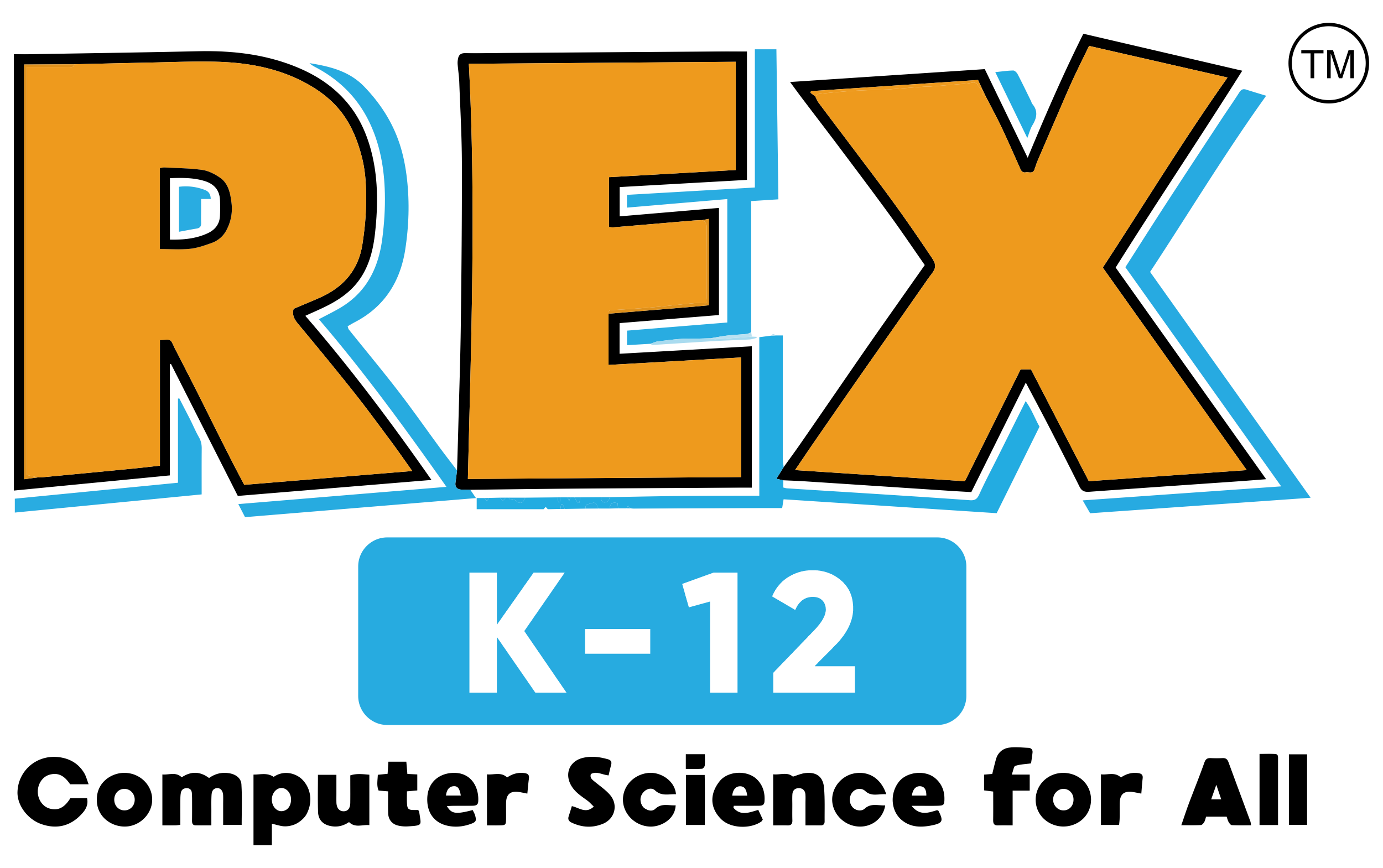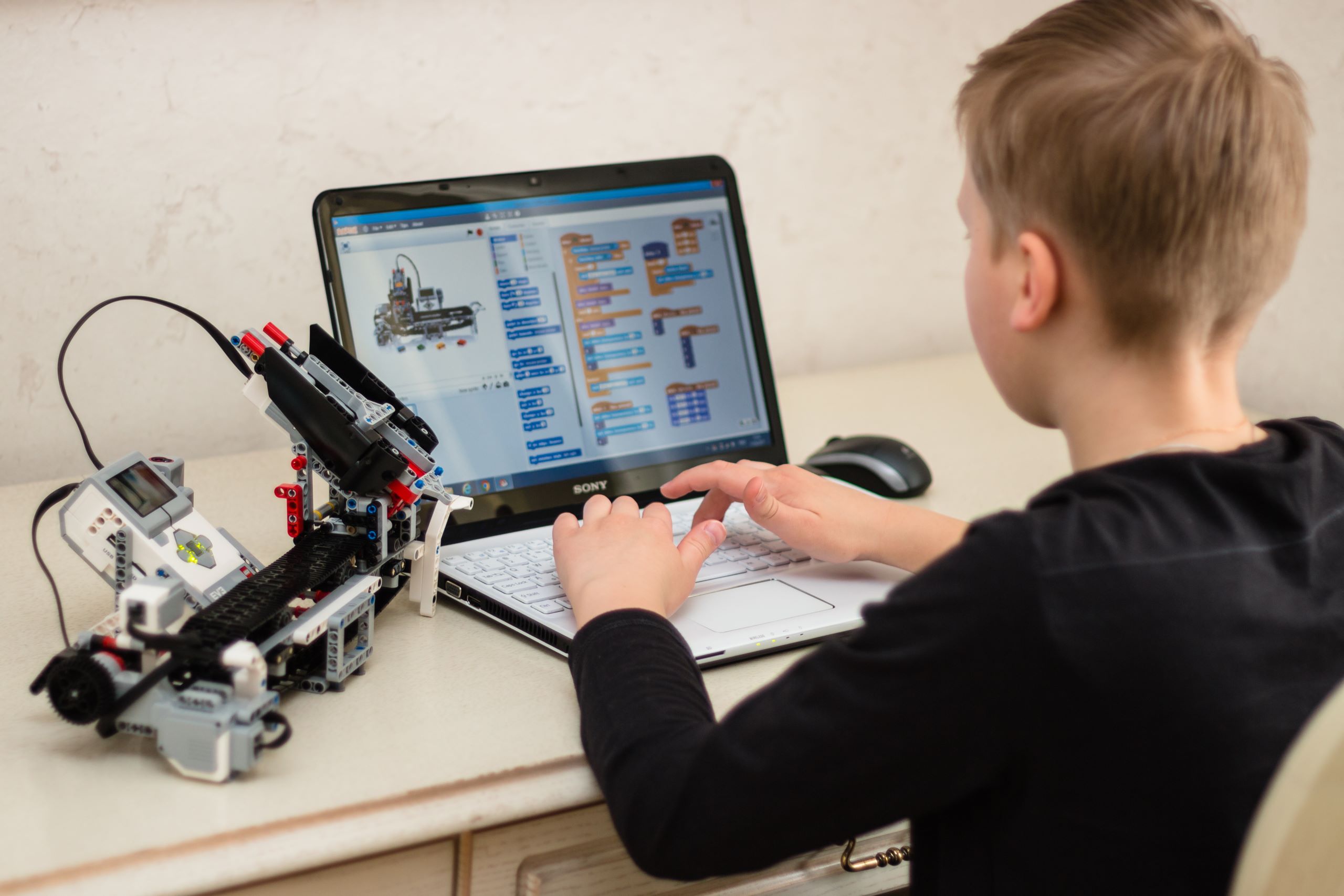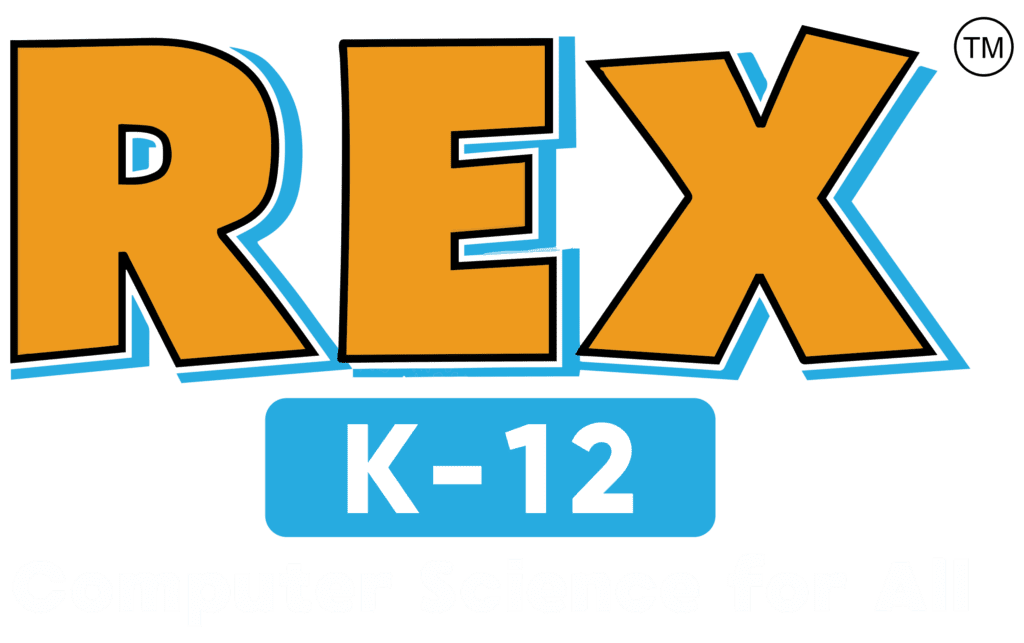How to Develop a Middle School Computer Science Curriculum
Creating a comprehensive computer science curriculum for middle school students is an exciting opportunity to introduce young learners to the world of technology and coding. A well-designed curriculum can lay the foundation for future success in computer science education and provide students with valuable skills for the digital age. In this blog post, we’ll explore effective strategies and key considerations for developing a middle school computer science curriculum within the broader context of K-12 computer science education.
Understand Middle School Students’ Needs and Abilities
The first step in developing a middle school computer science curriculum is to understand the needs and abilities of middle school students. Middle schoolers are at a critical stage of cognitive and emotional development, so it’s essential to design lessons that are age-appropriate, engaging, and accessible. Consider the interests and learning styles of middle school students when selecting topics, activities, and instructional materials for the curriculum.
Align with National and State Standards
Ensure that your middle school computer science curriculum aligns with national and state standards for computer science education. Familiarize yourself with the Computer Science Teachers Association (CSTA) standards and any specific guidelines or requirements set by your state’s department of education. Aligning your curriculum with these standards ensures that students receive a high-quality, standardized education in computer science.
Cover Key Concepts and Skills
Identify key concepts and skills that you want middle school students to learn through the curriculum. Focus on foundational programming concepts such as loops, conditionals, variables, and functions, as well as problem-solving strategies and computational thinking skills. Introduce students to a variety of programming languages and tools, allowing them to explore different aspects of computer science and discover their interests.
Incorporate Project-Based Learning and Hands-On Activities
Integrate project-based learning and hands-on activities into the middle school computer science curriculum to promote active learning and engagement. Encourage students to work on coding projects, solve real-world problems, and collaborate with their peers. Provide opportunities for creativity and exploration, allowing students to apply their knowledge in meaningful ways and develop practical skills.
Provide Ongoing Professional Development for Teachers
Support teachers in delivering the middle school computer science curriculum by providing ongoing professional development and training. Offer workshops, seminars, and coaching sessions focused on computer science pedagogy, instructional strategies, and curriculum implementation. Equip teachers with the knowledge, resources, and support they need to effectively teach computer science to middle school students.
Offer Advanced Placement Computer Science Exam Preparation Courses
For middle school students who show a strong interest and aptitude in computer science, consider offering advanced placement (AP) computer science exam preparation courses. These courses provide rigorous, college-level curriculum and prepare students for AP exams in high school. By offering AP preparation courses, you can challenge and motivate talented students while providing them with opportunities for academic advancement.
Integrate AI Curriculum and High School Computer Science Career Professional Certification Resources
As you develop the middle school computer science curriculum, consider integrating AI curriculum and resources related to high school computer science career professional certification. Familiarize students with artificial intelligence principles, career pathways in computer science, and certification programs that can prepare them for future opportunities in the field. Providing exposure to AI and career certification resources early on can inspire students and help them make informed decisions about their educational and career paths.
Continuously Evaluate and Improve the Curriculum
Finally, continuously evaluate and improve the middle school computer science curriculum based on feedback from teachers, students, and stakeholders. Monitor student progress, assess learning outcomes, and identify areas for improvement. Stay informed about emerging trends, technologies, and best practices in computer science education, and adapt the curriculum accordingly to ensure it remains relevant and effective.
Ultimately, developing a middle school computer science curriculum is a rewarding process that requires careful planning, collaboration, and innovation. By understanding middle school students’ needs and abilities, aligning with national and state standards, covering key concepts and skills, incorporating project-based learning and hands-on activities, providing ongoing professional development for teachers, offering advanced placement exam preparation courses, integrating AI curriculum and high school computer science career professional certification resources, and continuously evaluating and improving the curriculum, you can create a dynamic and engaging learning experience for middle school students. Empower them with the knowledge, skills, and confidence they need to succeed in computer science and beyond.














